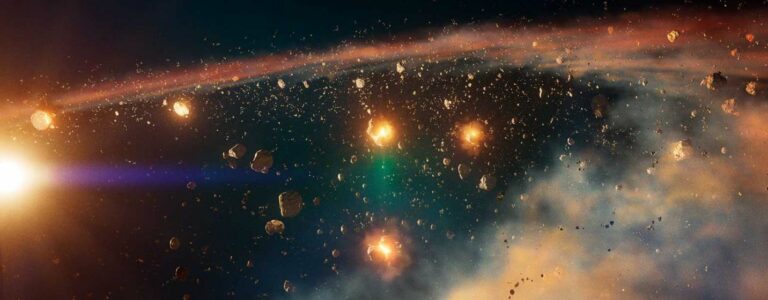The Most Challenging Bias in Astronomy
This is known as Malmquist bias and can be a tough bi easily said bias that affects just about any survey of the astronomical kind currently out there, and the only remedy is to keep conducting more surveys.
In 1970 and 1980, astronomers for the first time observed a structure called the Great Attractor that represent the systemic movement of galaxies in our close neighbourhood in space. However, over the past decade the Great Attractor was largely dismissed by many astronomers because of the Malmquist bias which was first introduced by the Swedish astronomer Gunnar Malmquist in 1922. This bias is an example of a certain type of statistical problem termed as the selection bias.
In astronomical surveys, there is always an issue of brightness cut, which is a certain level beyond which an object cannot be seen. Objects can be faint for two reasons: they are innately stupid or they are in fact so distant. Hence it can be seen that surveys are skewed toward finding objects that are closer, and/or brighter. In the context of galaxies, this results in the increased probability that while observing galaxies, at larger distance from the Milky Way, one can only observe those galaxies that are brightest at those distances, while the less luminous galaxies may remain undetected.
This bias is not negligible, and it can distort the view of the universe; this is especially true when using galaxy velocities to chart their general movements. The earlier surveys suggested that it was seeing only a part of galaxies that were towards the Great Attractor and hence gave a false picture in terms of a unified movement towards Great Attractor. A more general population later corrected this by giving a better view of the local cosmos.
The solution? Thus, performing even more detailed and thorough surveys that have eventually proved the existence of the Great Attractor.
Do not forget to share your opinion with us to provide you with the best posts !




0 Comments